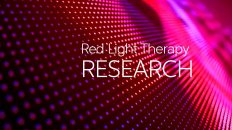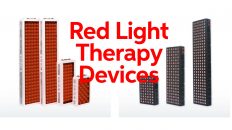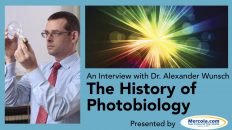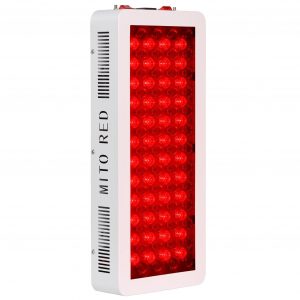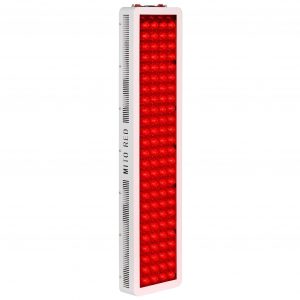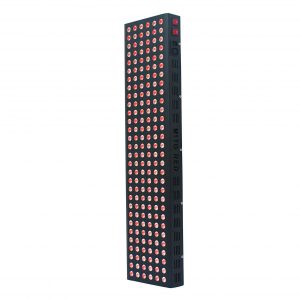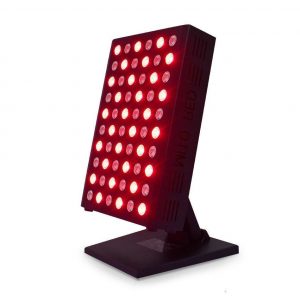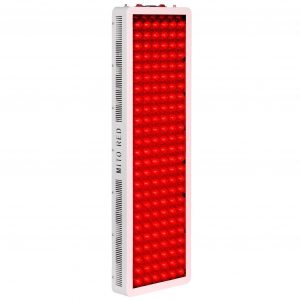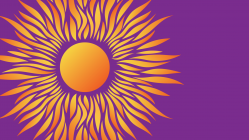Humans evolved in sunlight and had depended on sunlight for its life giving properties that was appreciated by our early ancestors.
However, for more than 40 years the lay press and various medical and dermatology associations have denounced sun exposure because of its association with increased risk for skin cancer.
The goal of this review is to put into perspective the many health benefits that have been associated with exposure to sunlight, ultraviolet A (UVA) ultraviolet B (UVB), visible and infrared radiation.
Read the article:
SOURCE: Anticancer Research
https://ar.iiarjournals.org/content/36/3/1345.long
. . . People have a feeling of well-being when exposed to sunlight. When cultured human keratinocytes were exposed to UVA or UVB and UVA radiation the cells exposed to UVA and UVB radiation had a marked increase in the expression and production of beta-endorphin compared to cells exposed only to UVA radiation (Figure 3) (33). Skin biopsies of adults exposed to UVB radiation demonstrated increased expression of beta endorphin in the keratinocytes (34). Healthy adults exposed to a tanning bed were reported to increase serum beta-endorphin levels by 44% (35). Beta-endorphin, an endogenous opioid peptide, has been demonstrated to improve not only feeling of wellbeing i.e. runners high, but also can cause pain relief and relaxation. Sunlight deprivation is associated with depression. In the winter this can cause, for those who are susceptible, seasonal affective disorder (SAD). Our circadian rhythm is controlled by blue light being absorbed by photoreceptors in the eye resulting in a decrease in melatonin production (36). For some people the decrease in the intensity of sunlight affected by seasonal changes prevents the suppression of melatonin and as a result the person wants to sleep and becomes listless and depressed. Bright-light therapy with 10,000 lumens for 30 min to 1 h in the morning can help suppress melatonin production in the pineal gland, thereby relieving many of the symptoms associated with SAD (37, 38). . . .
. . .Application of Visible and Near Infrared Radiation for Skin Health
The efficacy of red, blue and near-infrared light treatments have been evaluated for wound healing, reduction in fine lines, wrinkles and improving dermal collagen density (Figure 1). In one study ultrasonography of skin samples before and after 30 treatments of red light and energizing light technology revealed substantial improvements in the dermal collagen matrix with increased thickness. Follow-up clinical photography revealed improvement changes in wrinkles and skin roughness (70). . . .


